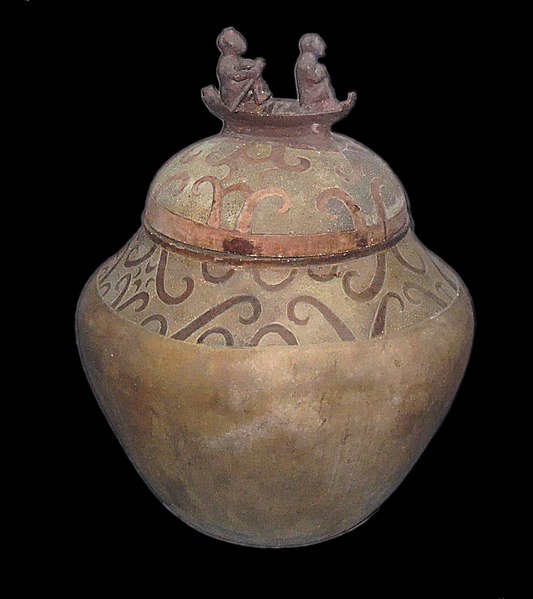Tabon Caves

Facts and practical information
Nestled in the rugged limestone cliffs of Quezon, Palawan in the Philippines, the Tabon Caves stand as a remarkable testament to the country's rich prehistoric past. This complex network of caves, known primarily for their archaeological significance, was the site where the remains of the oldest Homo sapiens in Southeast Asia were discovered, dating back to approximately 47,000 years ago.
The Tabon Caves are not a singular cave, but rather a collection of several caverns, each contributing to the intricate history etched into their walls. The caves were named after the Tabon scrubfowl, a bird that nests in the openings of the limestone formations. The most significant of these caves is the Tabon Cave itself, where the skullcap of the Tabon Man, the oldest human remains found in the Philippines, was unearthed.
These caves have been a goldmine for archaeologists and anthropologists, yielding artifacts such as ancient tools, earthenware, and other relics that give insight into the life of early humans in the archipelago. The discoveries made here have provided invaluable contributions to understanding the migration and settlement patterns of prehistoric peoples in the Asia-Pacific region.
Visitors to Tabon Caves can explore this historical site, though some areas are restricted to protect the ongoing research and preservation efforts. The Philippine government, recognizing the importance of the Tabon Caves, has designated it as a National Cultural Treasure. It is not only a site of scientific interest but also a place of awe, giving a unique glimpse into the early chapters of human history.
Palawan
Tabon Caves – popular in the area (distance from the attraction)
Nearby attractions include: Quezon.








